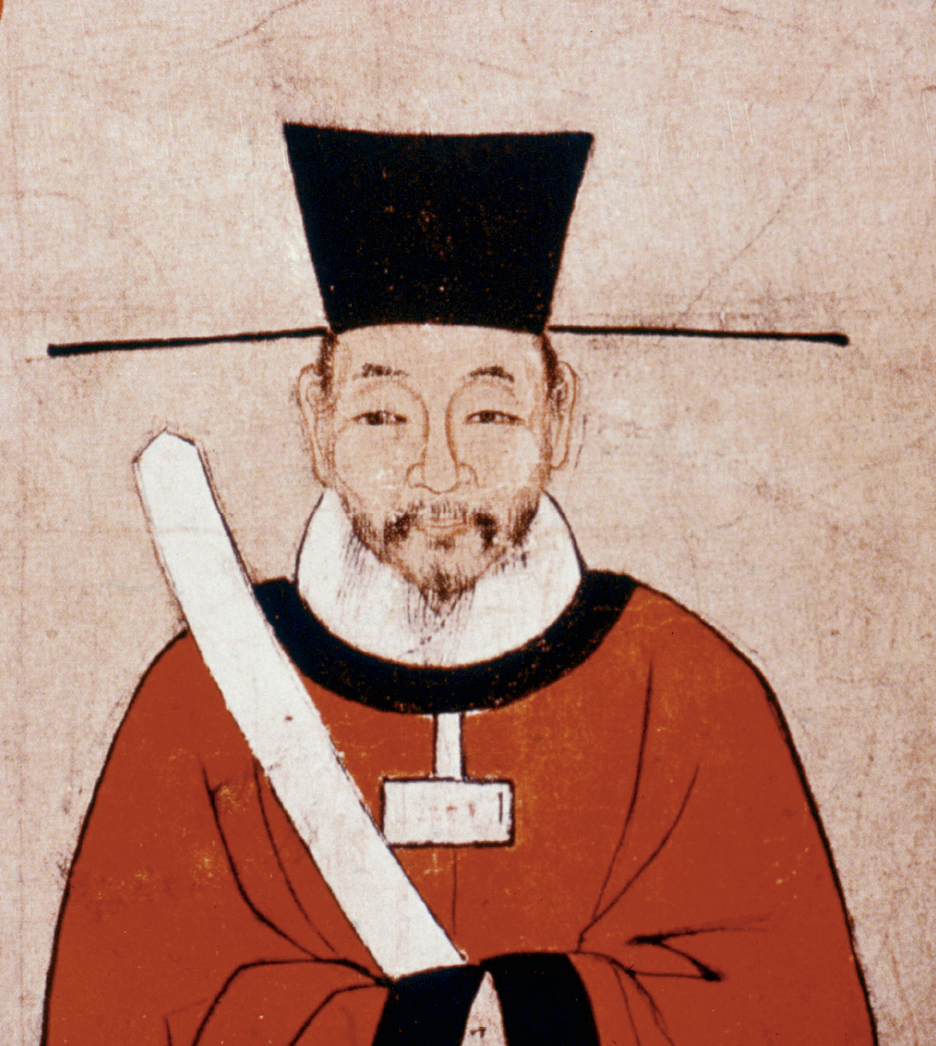A History of World Societies:
Printed Page 363
A History of World Societies Value
Edition: Printed Page 361
Introduction for Chapter 13
13
States and Cultures in East Asia
800–1400

During the six centuries between 800 and 1400, East Asia was the most advanced region of the world. For several centuries the Chinese economy had grown spectacularly, and China’s methods of production were highly advanced in fields as diverse as rice cultivation, the production of iron and steel, and the printing of books. Philosophy and the arts all flourished. China’s system of government was also advanced for its time. In the Song period, the principle that the government should be in the hands of highly educated scholar-
During the previous millennium, basic elements of Chinese culture had spread beyond China’s borders, creating the East Asian cultural sphere based on the use of Chinese as the language of civilization. Beginning around 800, however, the pendulum shifted toward cultural differentiation as Japan, Korea, and China developed in distinctive ways. In both Korea and Japan, for several centuries court aristocrats were dominant both politically and culturally, and then aristocrats lost out to military men with power in the countryside. By 1200 Japan was dominated by warriors — known as samurai — whose ethos was quite unlike that of China’s educated elite. In both Korea and Japan, Buddhism retained a very strong hold, one of the ties that continued to link the countries of East Asia. In addition, China and Korea both had to deal with the same menacing neighbors to the north. Even Japan had to mobilize its resources to fend off two seaborne Mongol attacks.